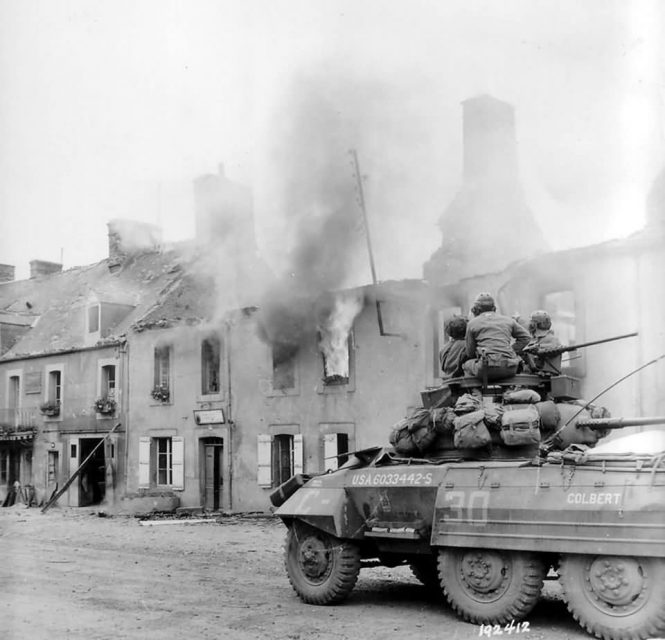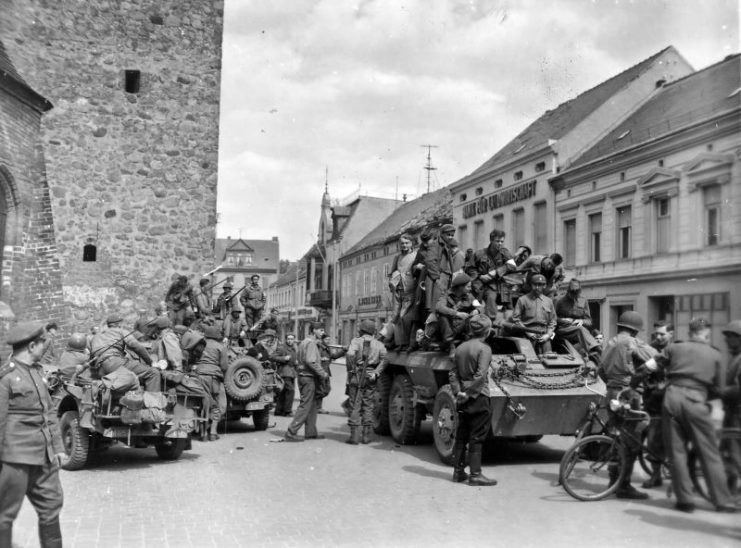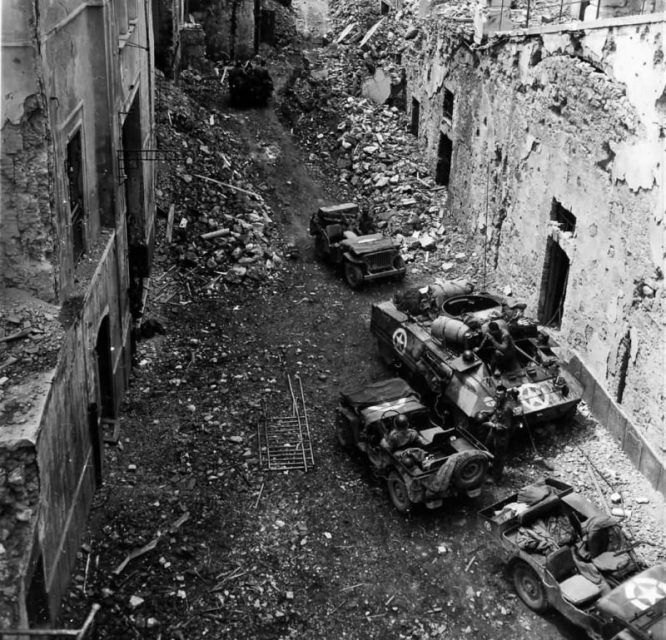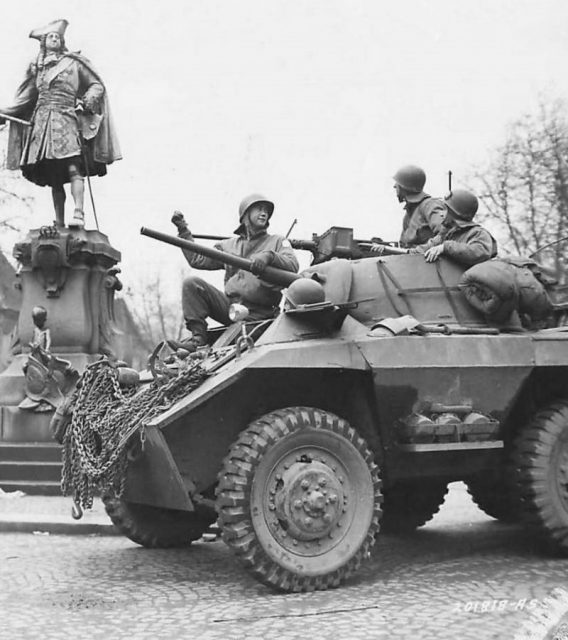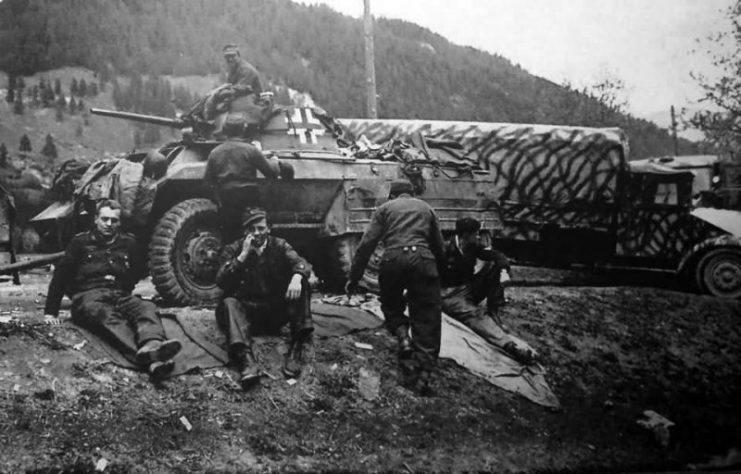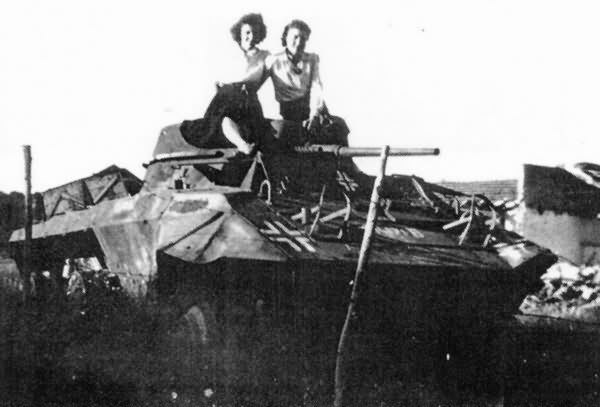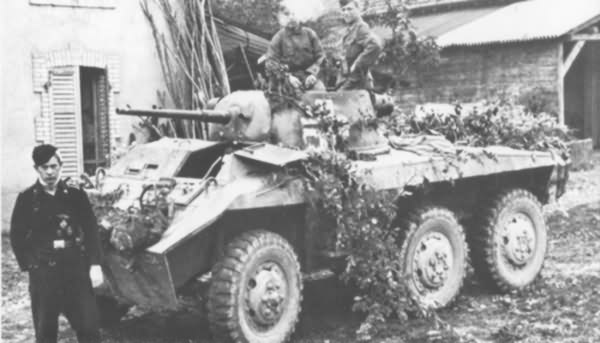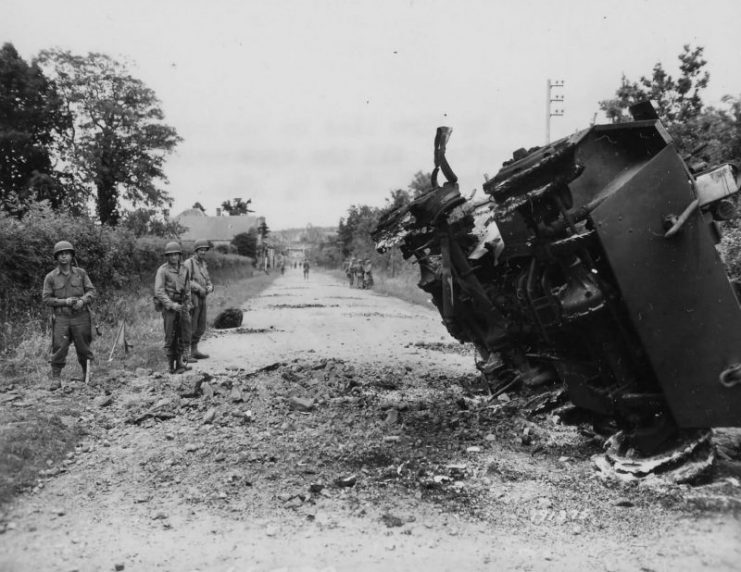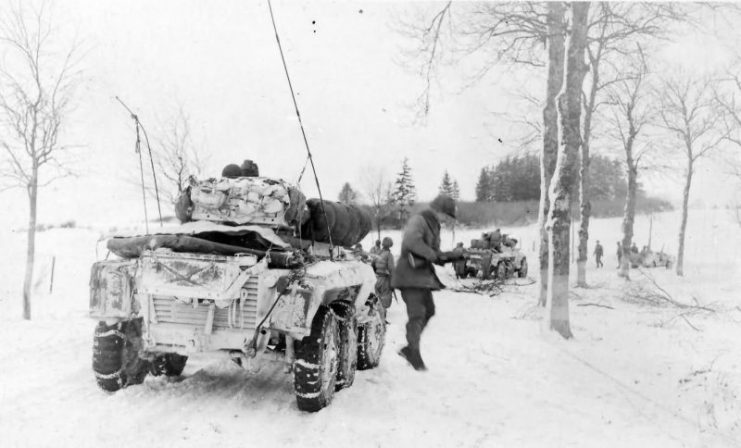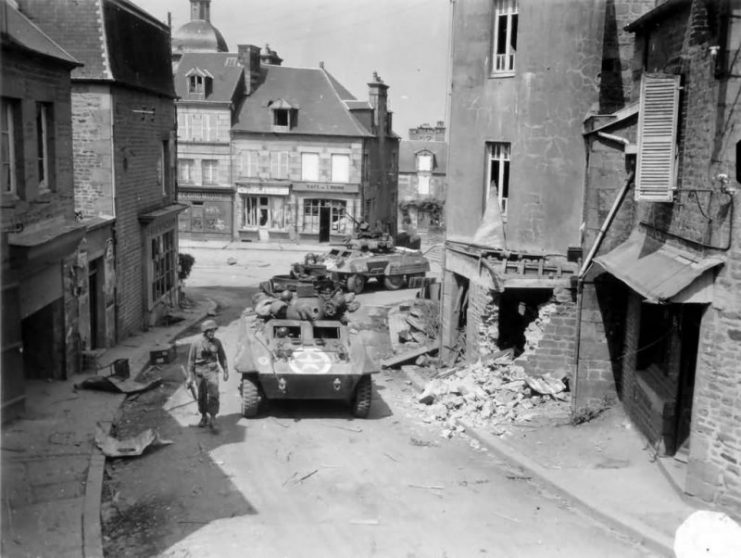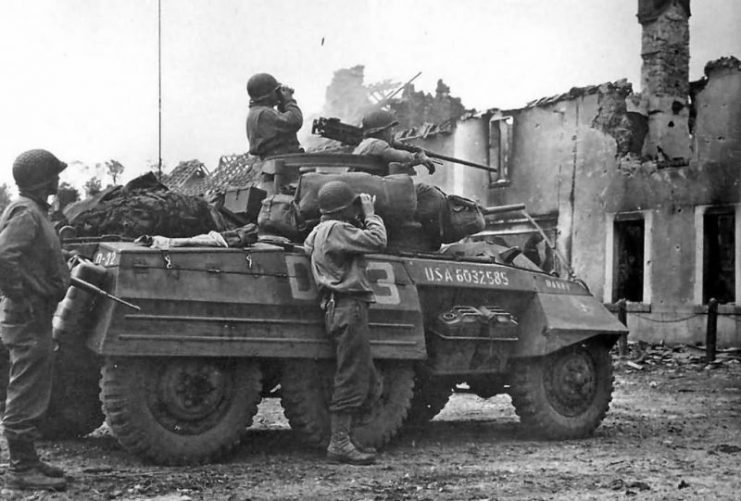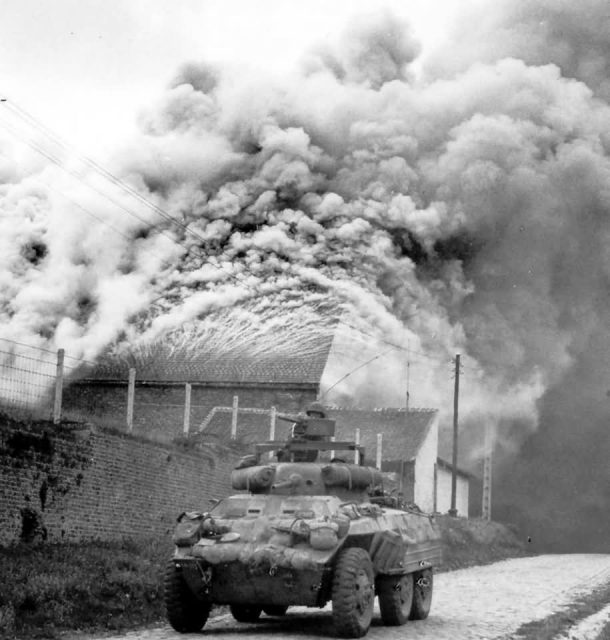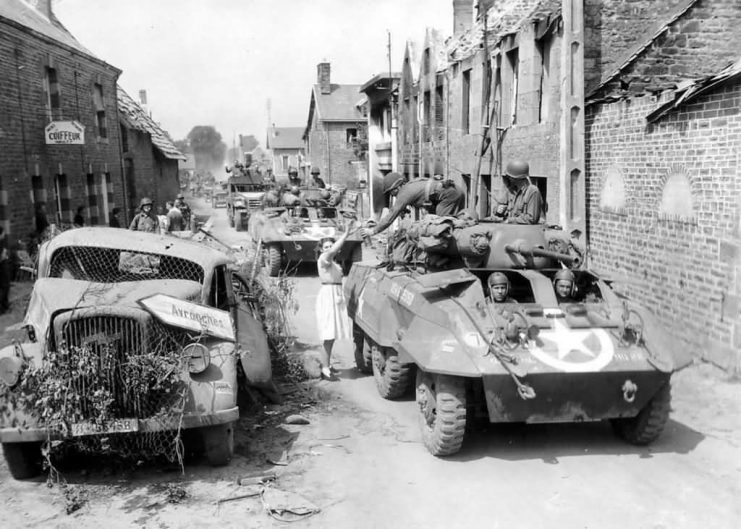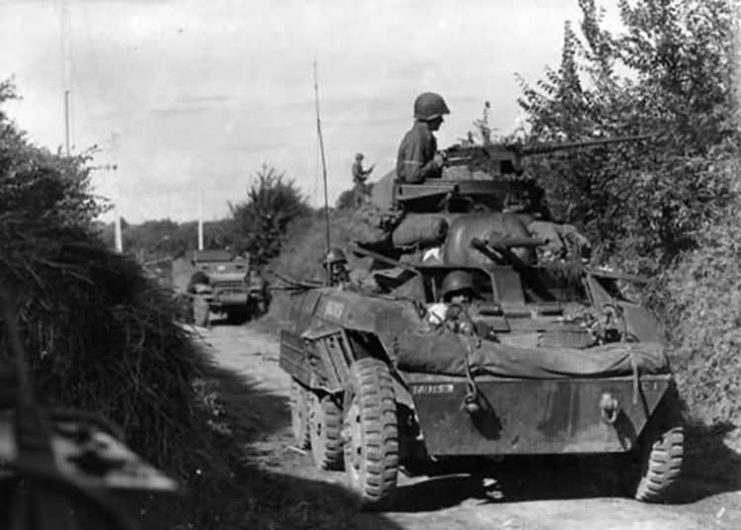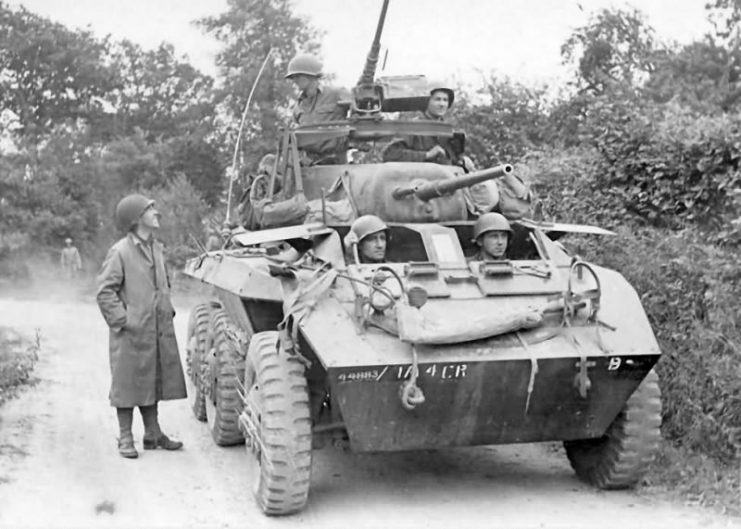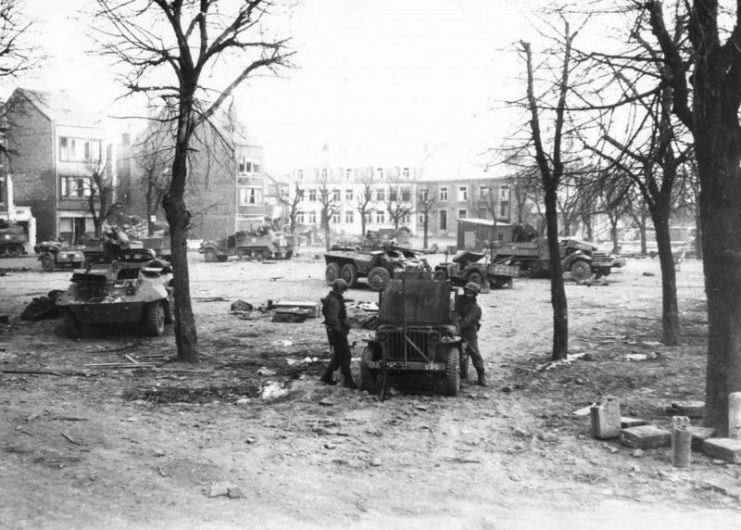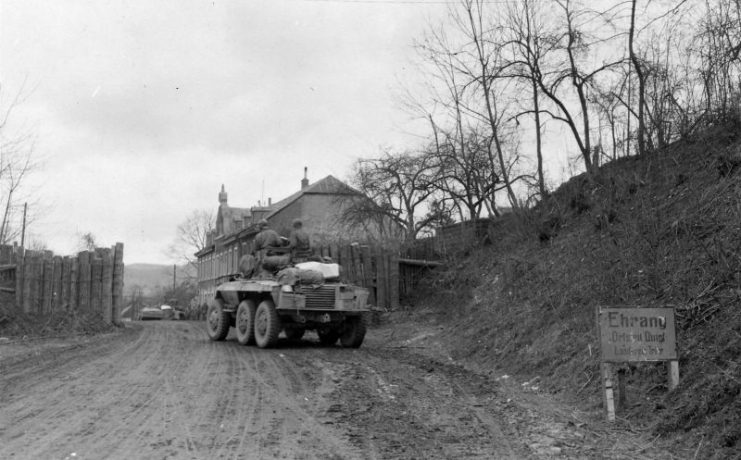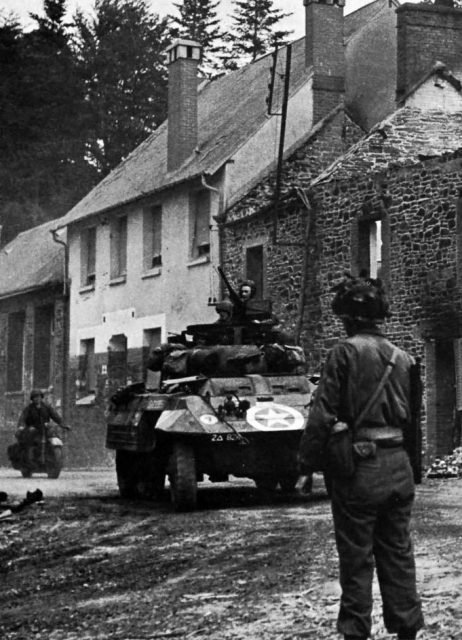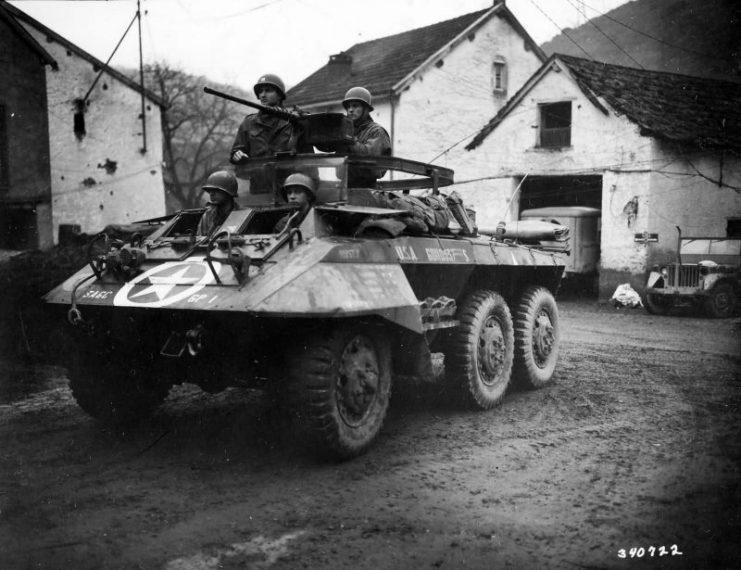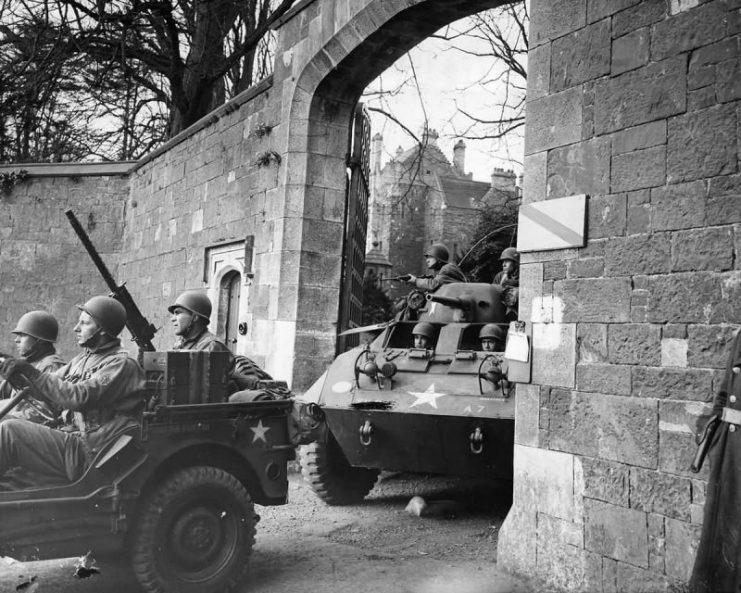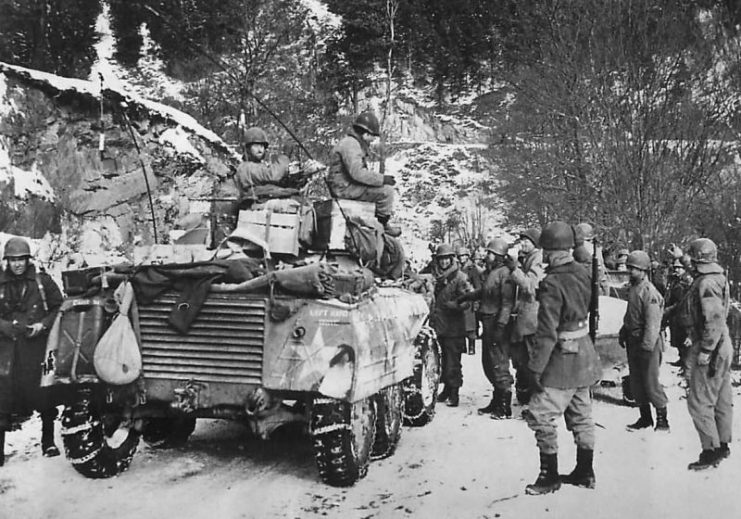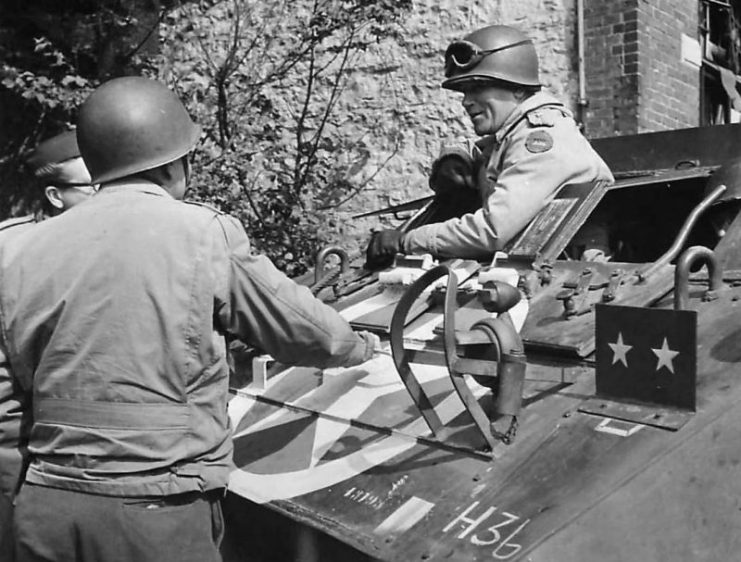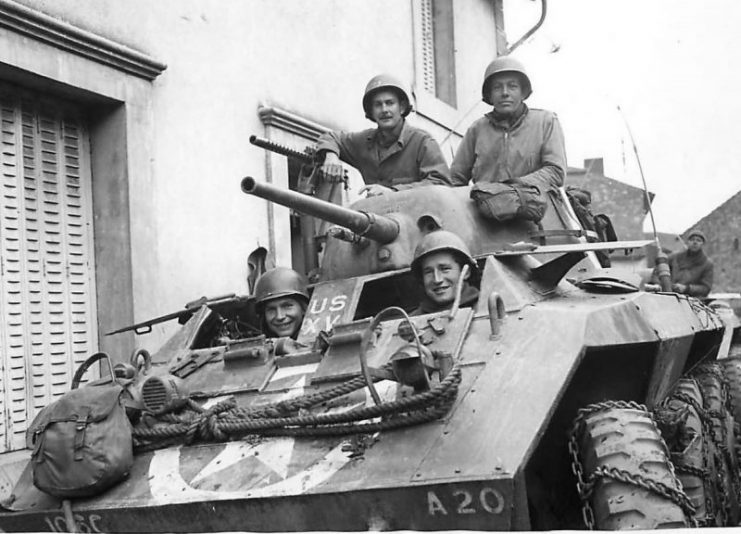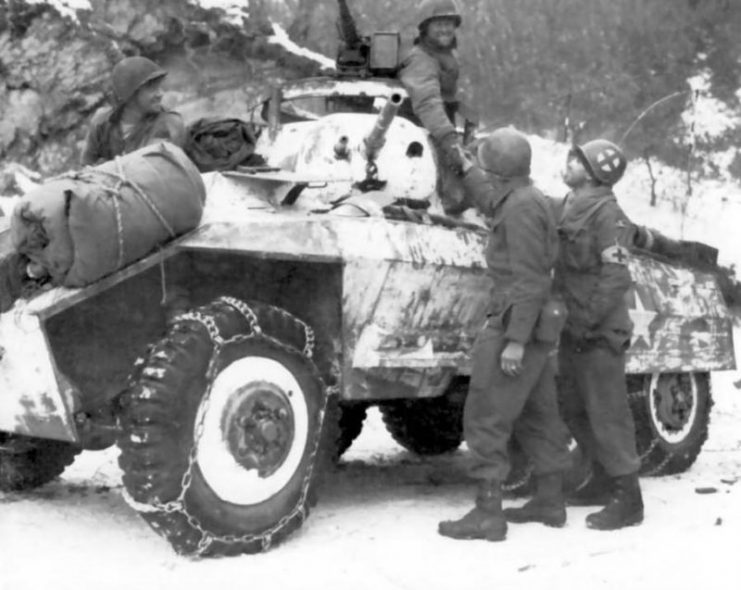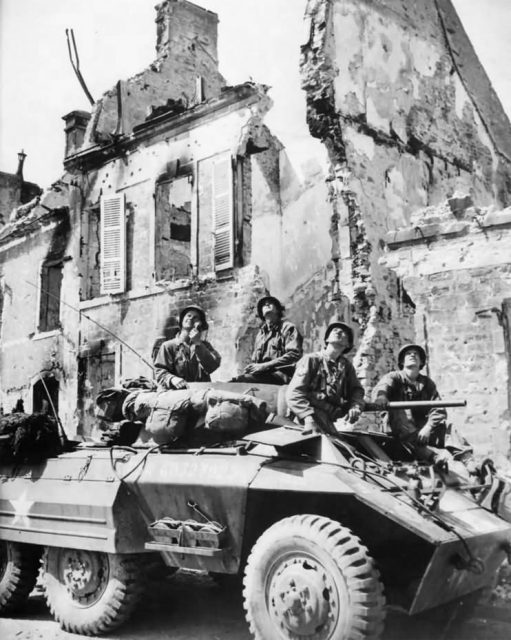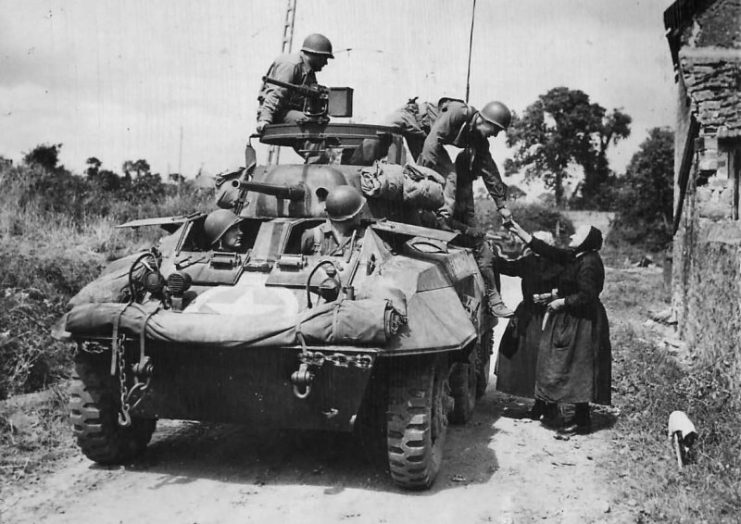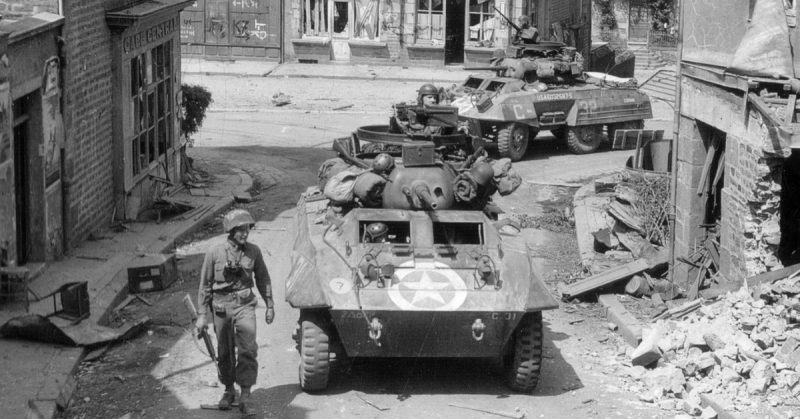Armored warfare excelled during the Second World War, and the future seemed to be written on the turret of a tank. But still, technology was taking its baby steps and many flaws were present both in the design and in the doctrines, strategies, and tactics practiced by both Allied and Axis forces.
For instance, logistics was key, and so was intelligence. Tanks couldn’t waste fuel and risk annihilation just by going into the unknown. A vanguard was necessary in order for the armored battalions to operate with maximum efficiency.
Following a series of developments, in 1943, the British and American forces had finally managed to produce a recon vehicle whose agility and speed was just the thing they needed in order to keep on winning.
The M8 Greyhound served with the cavalry reconnaissance troops, with the role of being the eyes and ears of the battalion using its long-range radio set. Together with equipment and crew, the vehicle weighed only 17,400 lb (7,900 kg) and was capable of attaining a speed of 55 mph (89 km/h).
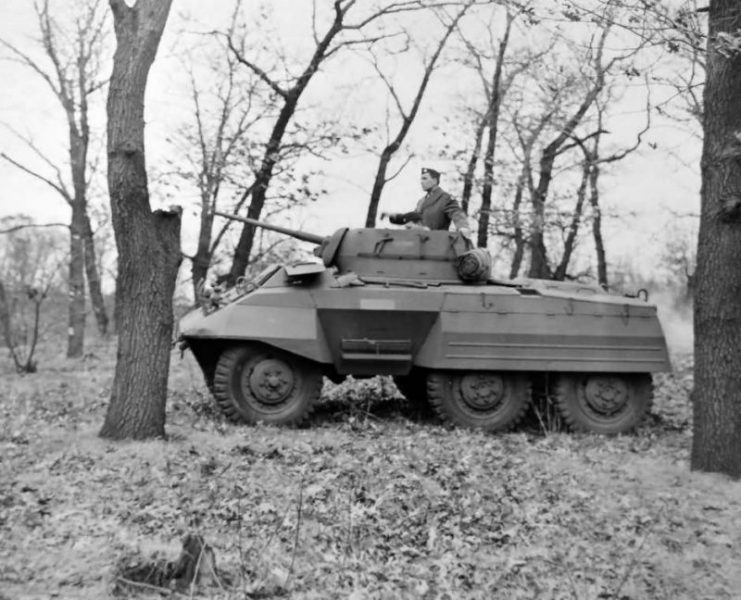
With an operational range of 100–200 miles (160–320 km) cross country or 200–400 miles (320–640 km) on highways without needing to refuel, it was the perfect choice when it came to giving a heads up of enemy activity up ahead.
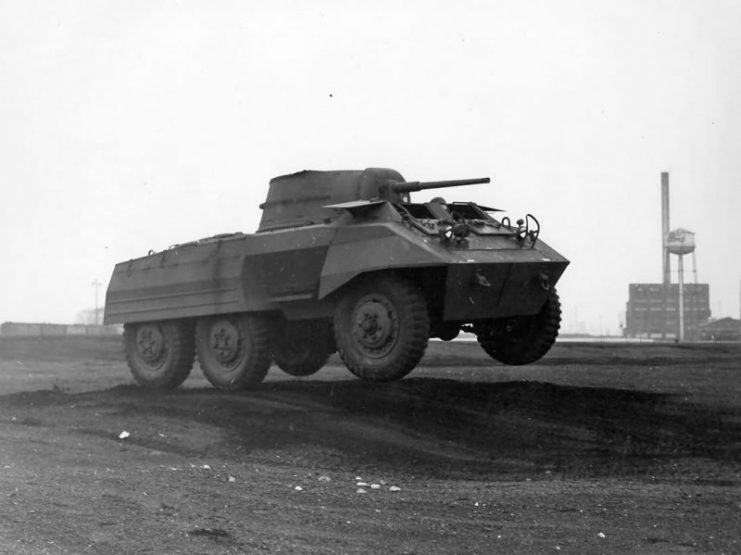
On the other hand, the Greyhound was very lightly armored, with its undercarriage extremely vulnerable to landmines. In response, soldiers would stack the floor with sandbags. Its armament was also weak and not intended for offensive operations.
Despite the fact that it was intended to operate in off-road conditions, reports from the field often criticized its performance. This resulted in restricting its activities mostly to paved roads, as it proved unreliable in the mountainous terrain of the Italian theater, as well as the mud in the European flatlands.
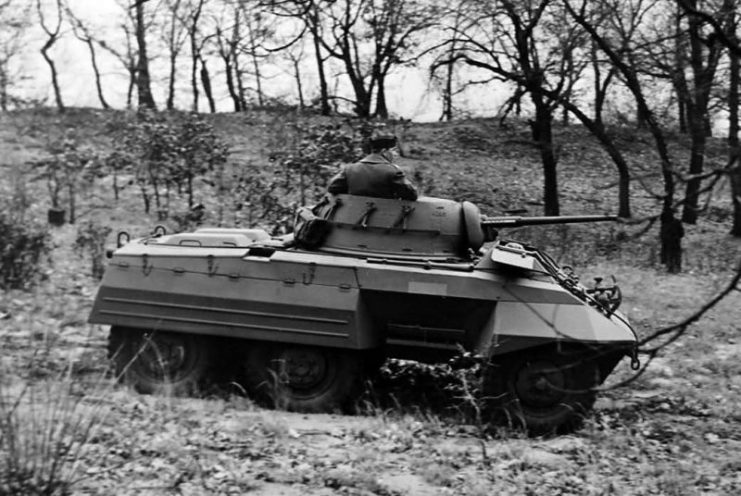
The M8 Greyhound was introduced during the 1943 Sicily campaign as part of the U.S. Army Armored Corps and was subsequently given to other Allied forces such as the British and the Free French. It operated in the Pacific Theater and during the Ardenne Offensive, too.
After the war, it found its way to numerous Third World operators all around the globe, with countries like Colombia, Guatemala, Uruguay, and Peru reportedly still holding the Greyhound in active duty.
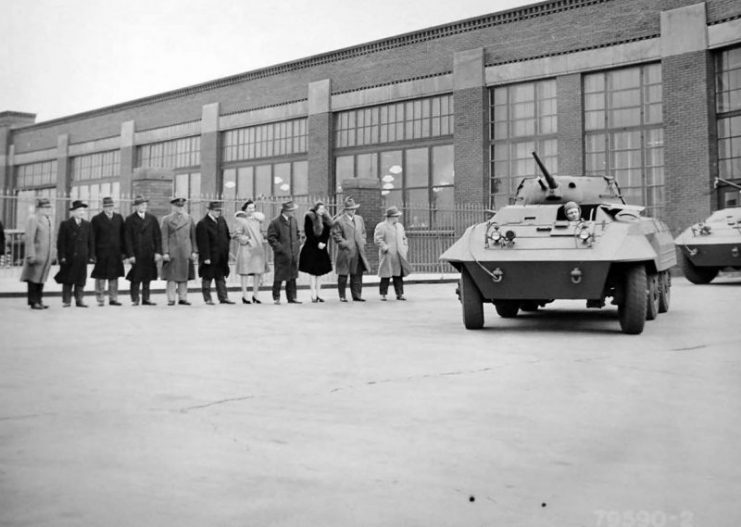
The Greyhound in action –
